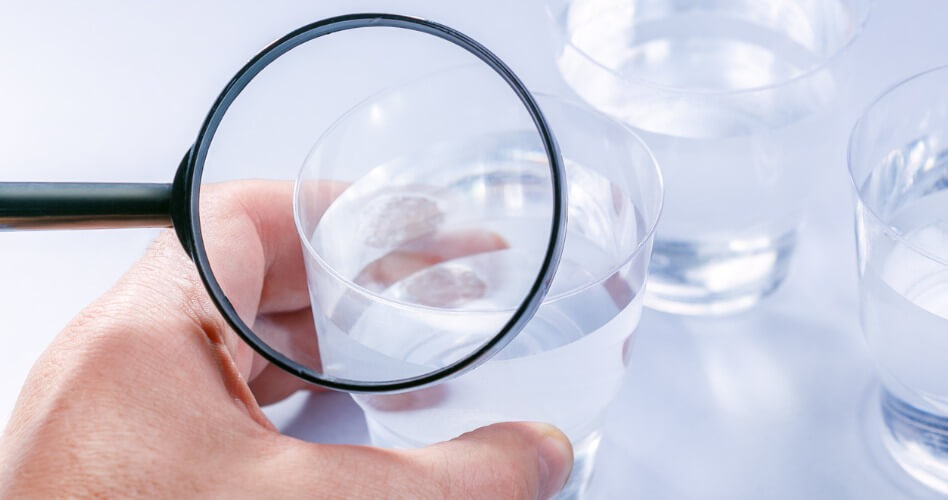Since the 1940s, PFAS treatment has been utilised extensively in various products. Numerous sectors have used these adaptable compounds for their repellent capabilities, from clothes and furniture to food packaging and electronics.
However, certain PFAS were phased out of manufacture in the United States when a connection between them and harmful health consequences was discovered in the early 2000s. Despite these attempts, they are now widespread in the environment and water supplies due to the continuous usage of items made in other countries, imports, and a strong chemical connection that resists degradation.
Table of Contents
PFAS: What Are They?
PFAS are a group of synthetic compounds produced when fluorine and carbon combine to form one of nature’s strongest linkages. PFAS have the unpleasant but fitting moniker “forever chemicals” since they don’t degrade, are stable in water, and persist in the environment and the body for a long time.
The Agency for Toxic Substances and Disease Registry (ATSDR) estimates that it can take up to four years for PFAS levels in a person’s body to drop by half.
What Causes PFAS To Enter Water Supplies?
PFAS contaminate drinking water when they seep through the soil and into the ground or surface water. PFAS are water soluble and frequently discovered in the water close to facilities that produce or have produced PFAS and items that include PFAS.
Additionally, many polluted places are close to establishments that train with PFAS fire-fighting foam, such as military bases, airports, and training facilities for fire-fighting. PFAS can also enter the water when items containing them are dumped in landfills. PFAS remain when the items degrade and leach into the groundwater and neighbouring water sources.
PFAS-Related Health Consequences
PFAS can have various negative health impacts, including immunity, development, and reproduction issues. Given that PFAS are difficult to degrade and can build up in the body over time, the likelihood of adverse health impacts increases with the amount of exposure a person receives. According to data published by the EPA, exposure to PFAS may cause the following:
- Higher levels of cholesterol
- Reduced immunological response
- Interruption of thyroid hormone
- Renal and liver damage
- Low birth weight in babies
- Cancer
How Can You Tell If Your Water Is Contaminated?
A municipal water quality report may be obtained upon request, or you can have your water tested to see whether it is polluted. Municipal water suppliers are obligated by law to furnish you with the findings of any tests they have conducted on the water supply if you ask for them.
You can ask a state-certified laboratory to do a test if you want extra peace of mind or utilize a well. If you use well water, it is your obligation to ensure the security of the supply, and it is strongly advised that you test your water often. Testing is the only technique to reliably identify PFAS in water because they have no taste or odor.
Ways To Get PFAS Out Of Water
There may be a number of strategies to remove PFAS from water; however, the following are the most important ones. Ion exchange, reverse osmosis, and activated carbon filtration may all be used to get PFAS out of water.
- Reverse Osmosis: A reverse osmosis (RO) system applies pressure on a semipermeable membrane to force unfiltered water through it. Small holes in the membrane enable pure water to pass through while blocking pollutants like PFAS. One of the most liked service providers for pollutant removal in water is membrane systems Australia.
- Filtration With Activated Carbon: Carbon filters use activated carbon, which has plenty of holes all throughout its surface and structure. A method known as adsorption is used to collect or change PFAS and other pollutants in water as it passes through activated carbon, leaving clean water behind.
- Ion Exchange: Ion exchange is a chemical technique used to purify water by substituting other ions with a comparable charge for unwanted dissolved ions such as PFAS, nitrate, and sulfate. Atoms or molecules with an electrical charge, either positive or negative, are called ions.
An anion resin that traps negatively charged ions (such as PFAS) and a cation resin that traps positively charged ions are both components of ion exchange water treatment systems (e.g., hardness causing calcium and magnesium).
Does Bottled Water Contain PFAS?
Unfortunately, bottled and canned carbonated water have also been proven to contain PFAS. Most of the 47 brands of bottled and canned water tested by Consumer Reports in recent research showed measurable amounts of PFAS, but just nine brands had over 1 part per trillion (PPT). Seven brands with levels exceeding 1 PPT generate carbonated water, while two produce still water.
How Are PFAS In The Water Supply Being Handled?
Although there are now no federal restrictions governing PFAS in water and the EPA health advice is not enforceable, things may soon change. Under the Safe Drinking Water Act, the EPA is working to develop a federal standard for PFAS.
This, if adopted, would compel states to update and implement PFAS-specific water quality standards. The law would require states to locate a different source of drinking water and use the proper water treatment methods until the source is again considered safe if levels are found to be above 70 parts per trillion.
Conclusion
PFAS treatments are now a ubiquitous part of our daily lives. No known safe levels of exposure to these chemicals exist, and even the most minimal contaminants can create lifelong consequences. To make matters more complicated, even the chemicals phased out of manufacture can still be used legally in several instances.
Not only that, but new players are entering the market all the time, and newer mechanical alternatives for repellent properties are popping up at a rapid rate. There is no doubt that PFAS will continue to grow as a market for some time, and as methods to produce products with these compounds improve, so too will the instances of contamination of water supplies increase.











